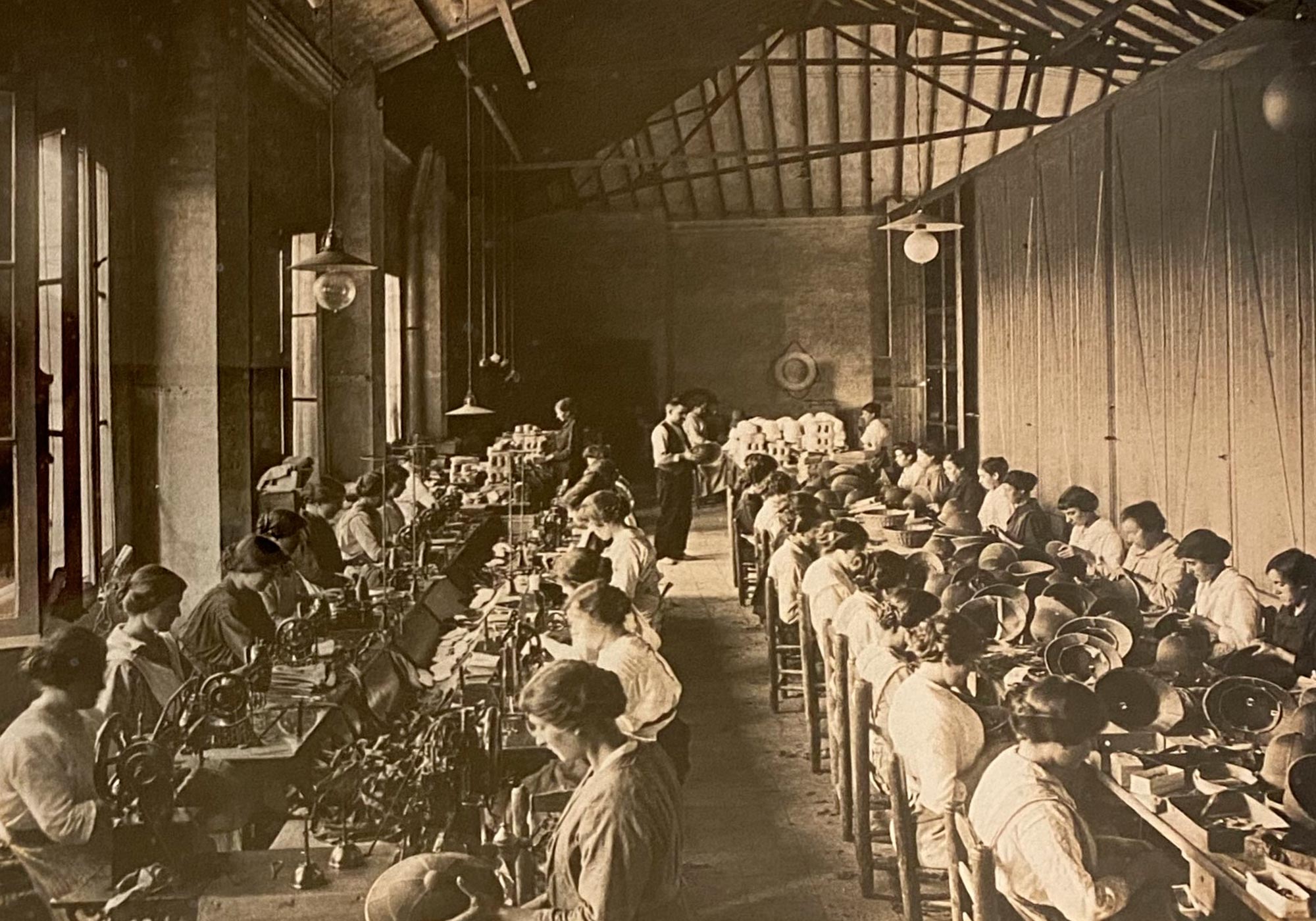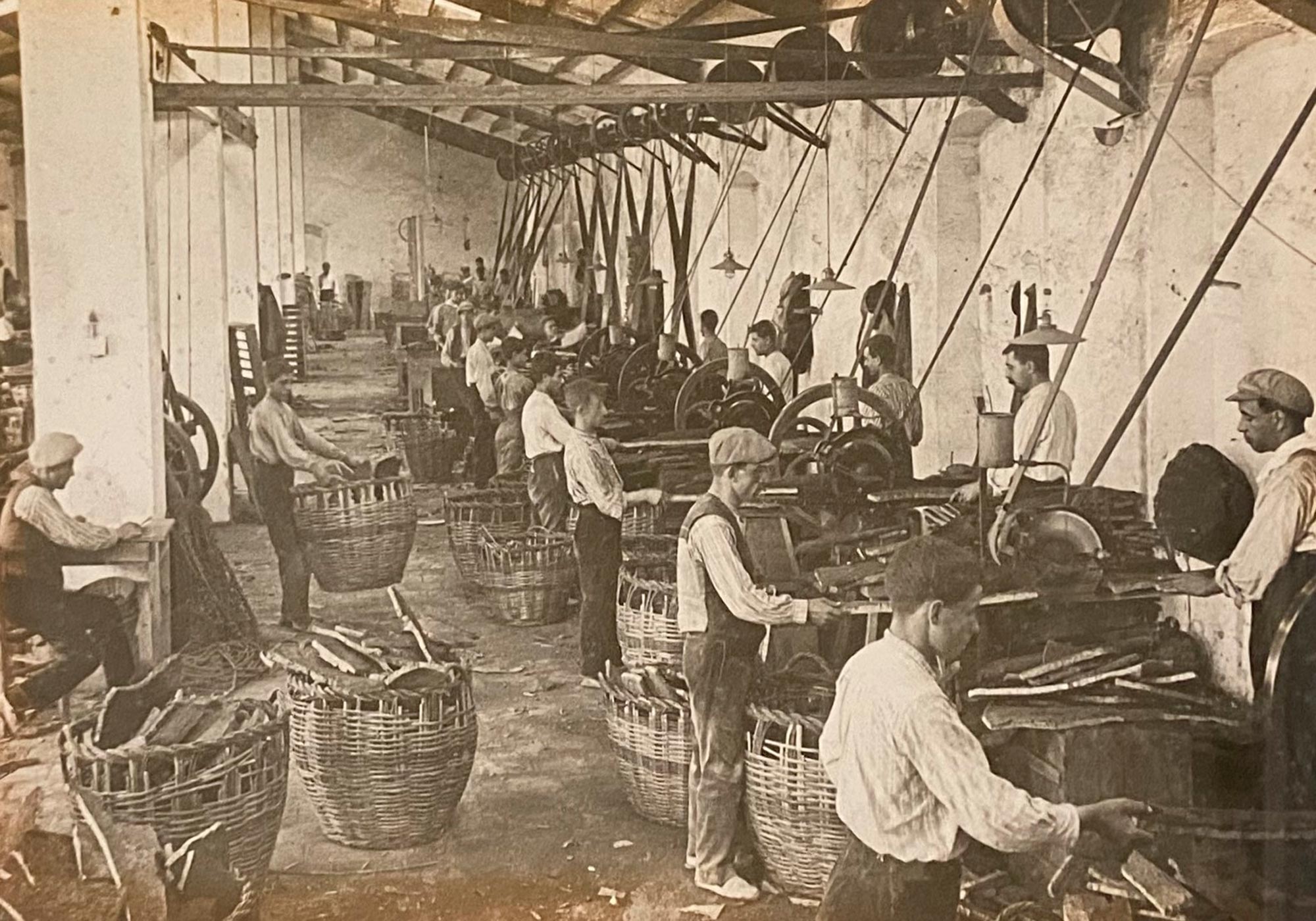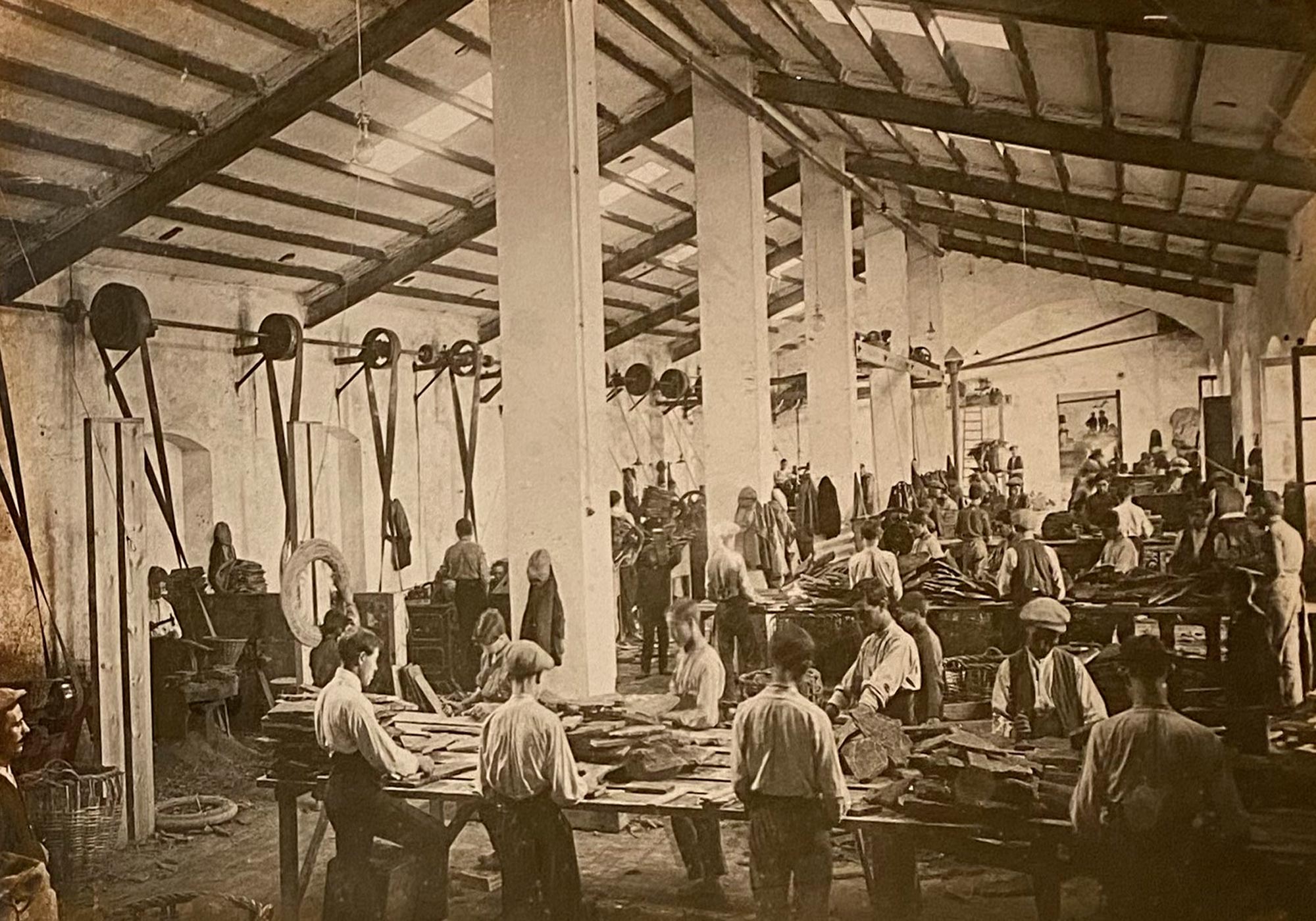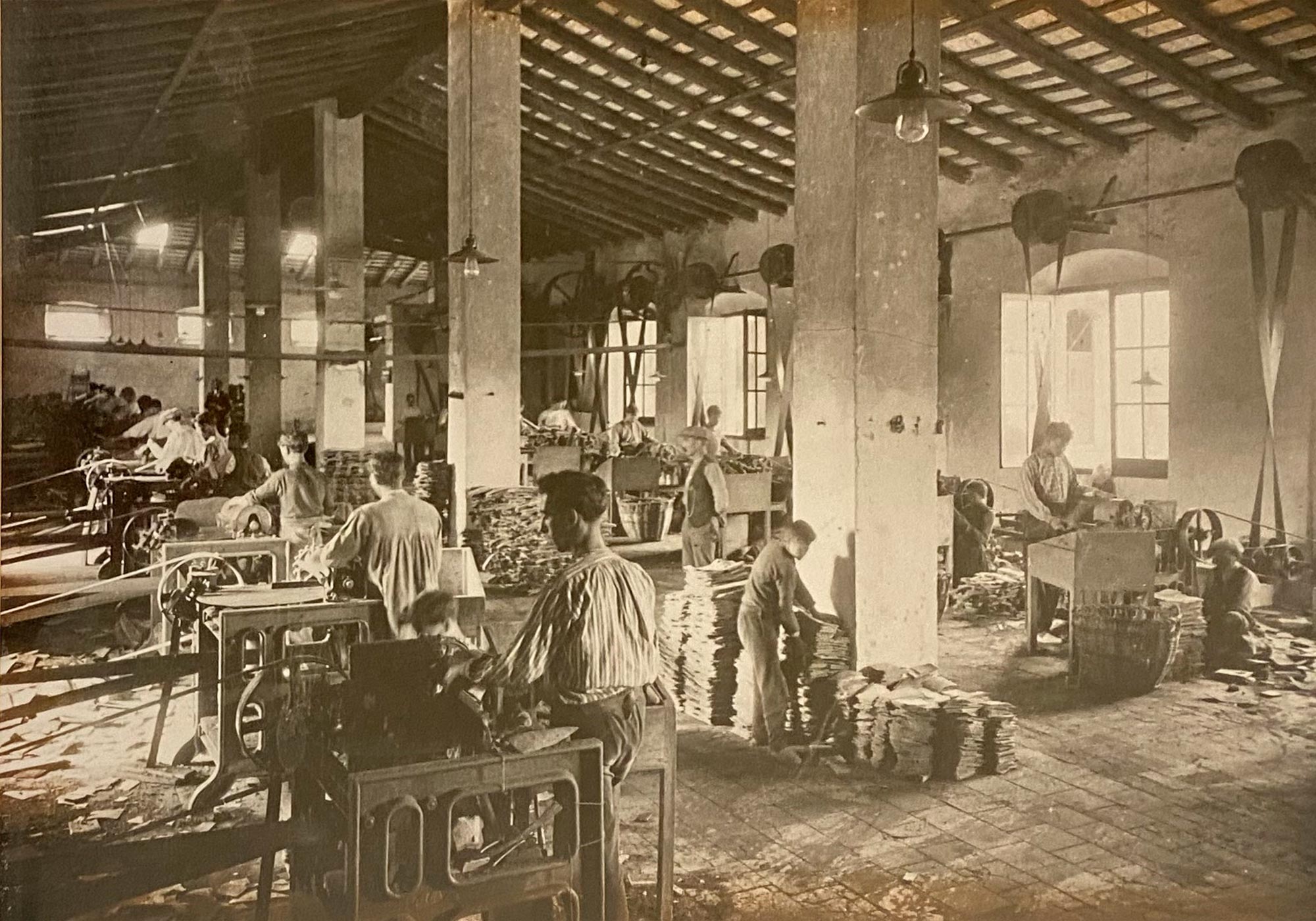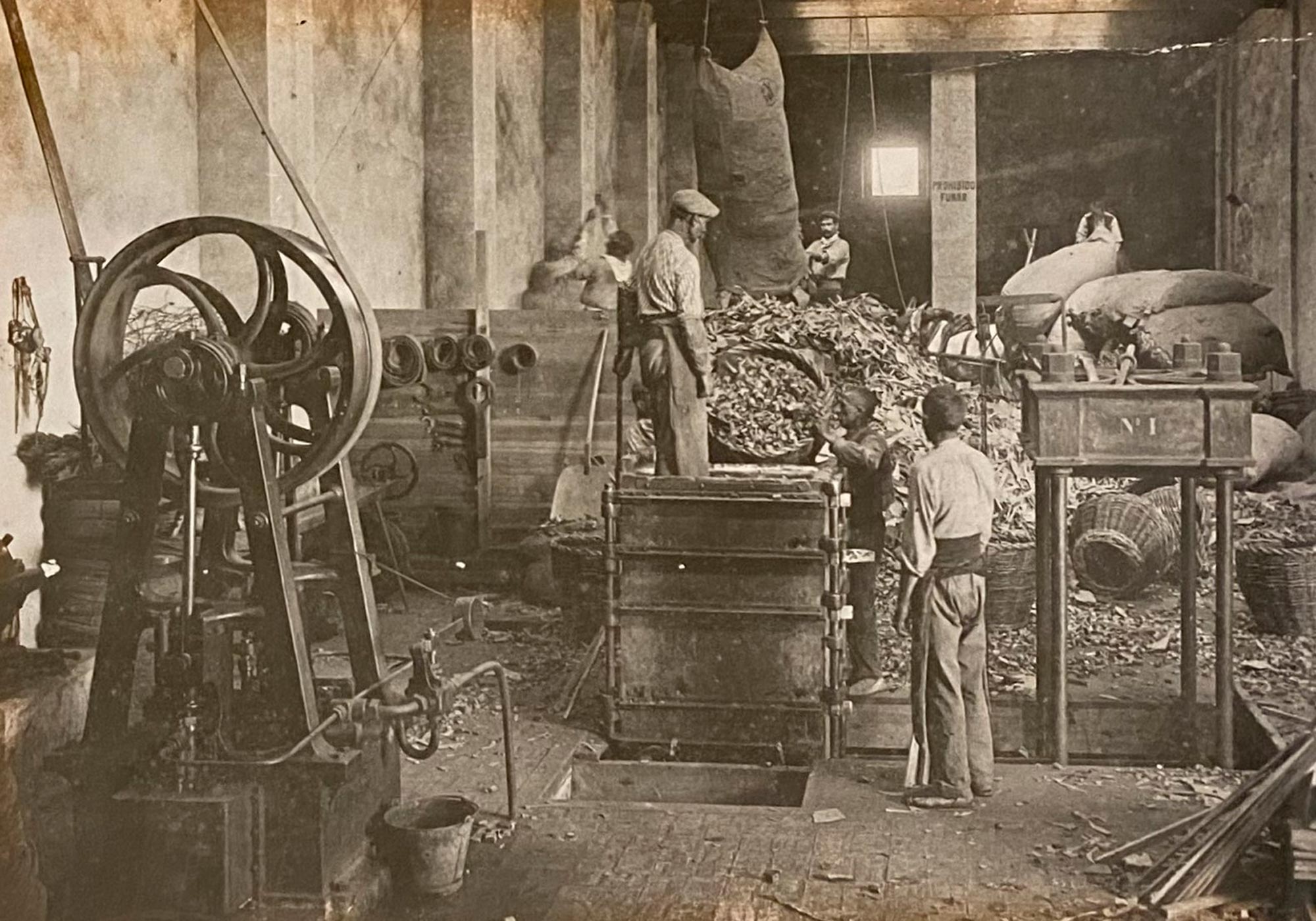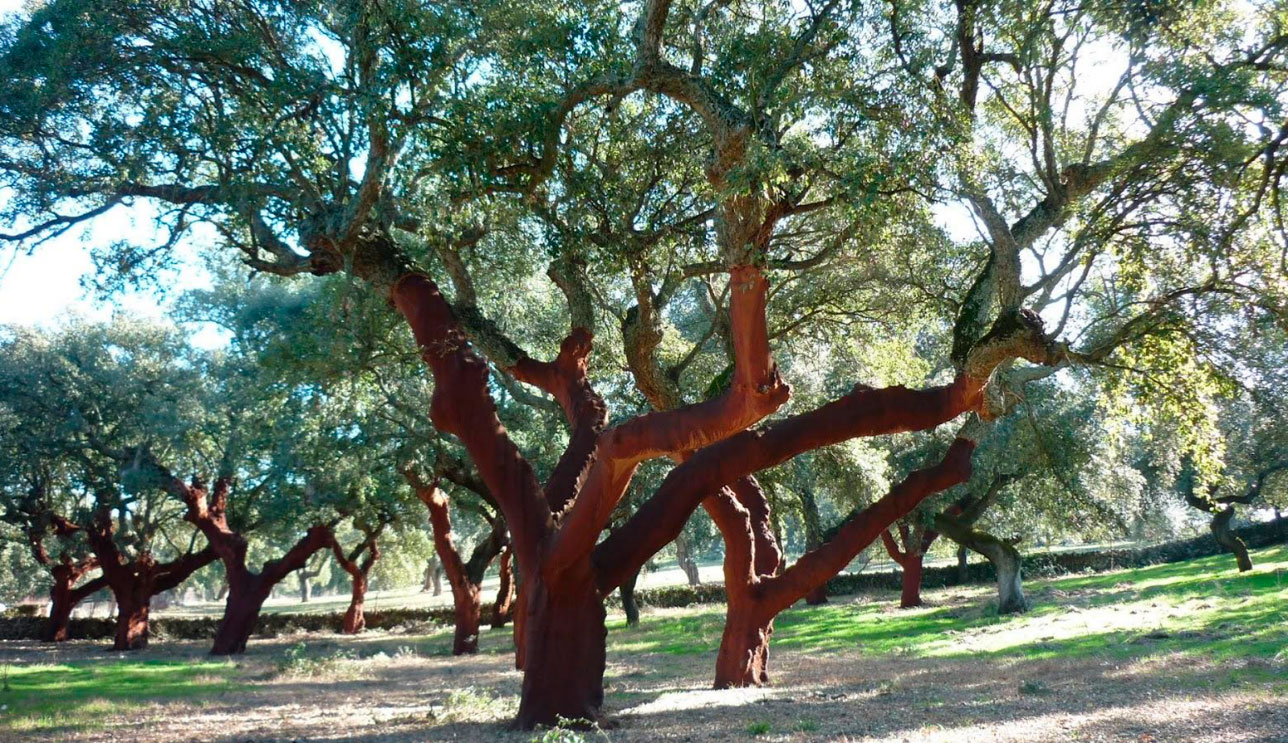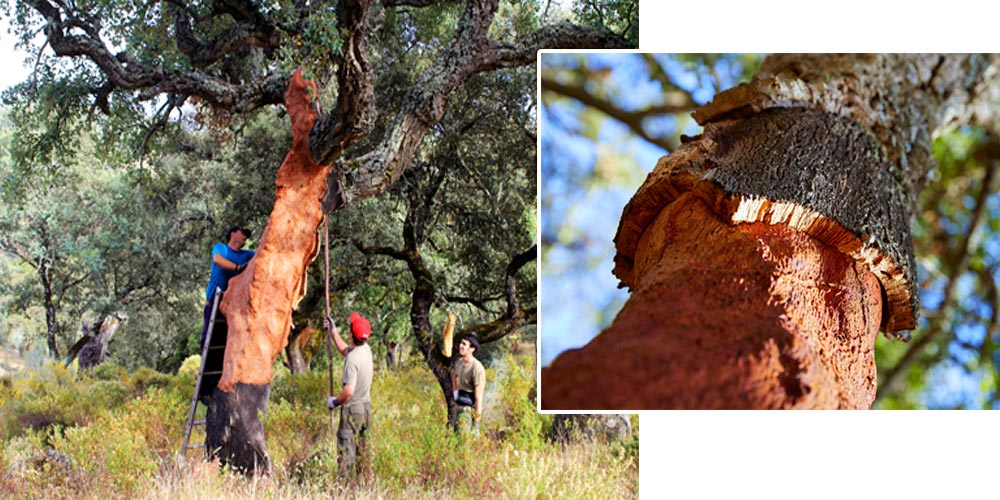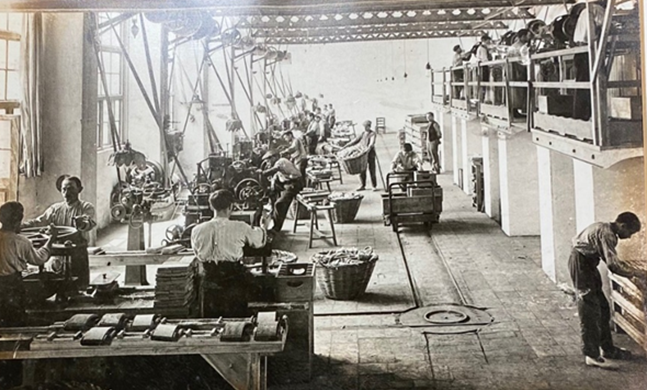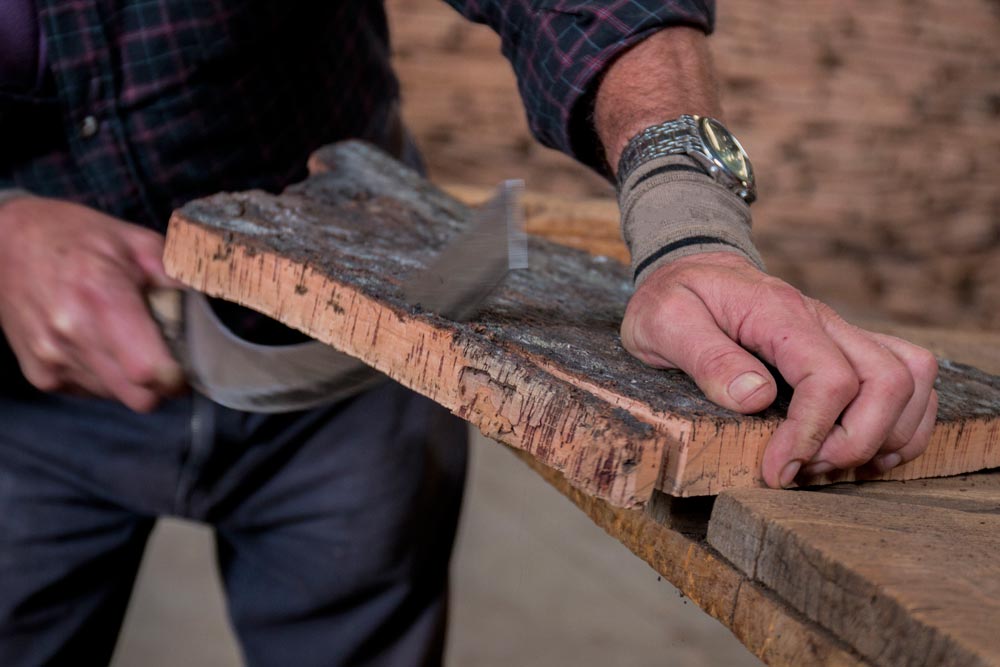Articork manufacturer of cork fabric and fabric cork.
Articork was founded in 1986, following the Armstrong Cork Industries work who started in 1955 , from whom acquired the machinery and production knowledge.
Photographs by Armstrong Cork Industries
The technology that Articork applies is unique, allowing us to provide innovative and differential solutions to the fashion sector, which demands constant evolution in designs, colours and new materials.
At Articork, we provide a comprehensive range of cork products for diverse applications across various sectors, including footwear, leather goods, interior decoration, bookbinding, labelling, upholstery, graphic arts, crafts, lighting and crafts.
We invite you to discover the new alternatives that this natural and attractive product can offer you.
Get ready to be amazed by the endless possibilities of our cork fabrics! Our products are distinguished by their distinctive designs , vibrant colours and the best quality fabrics you can find. Also keep in mind that cork already offered solutions more than 4500 years ago.
At Articor we can make your dreams come true.
We’re here to help! Just let us know what you need and our R&D department will carry out your project for you or your clients.
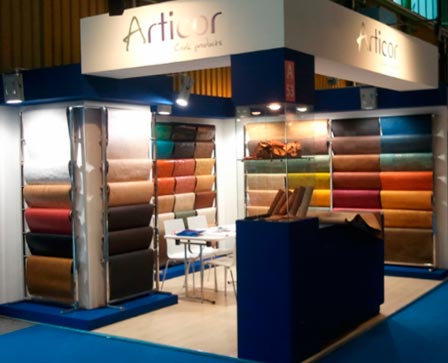
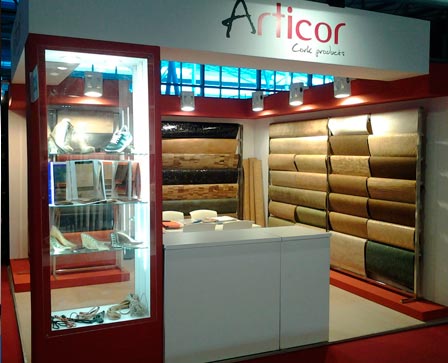
Articork has exhibited at several international fairs, the most recent being LINEAPELLE – Milan – 2022.
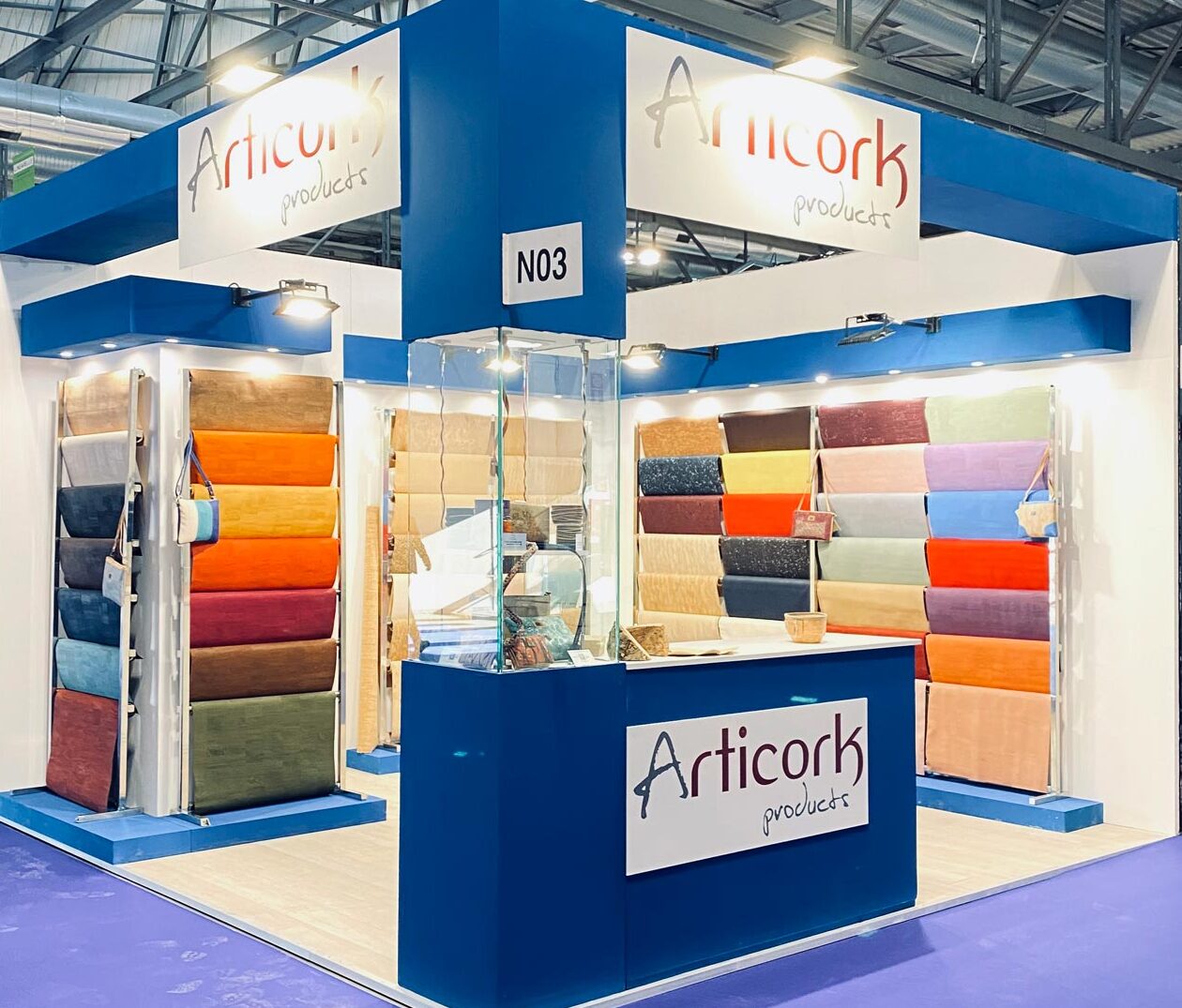
LINEAPELLE SEPTEMBER 2022
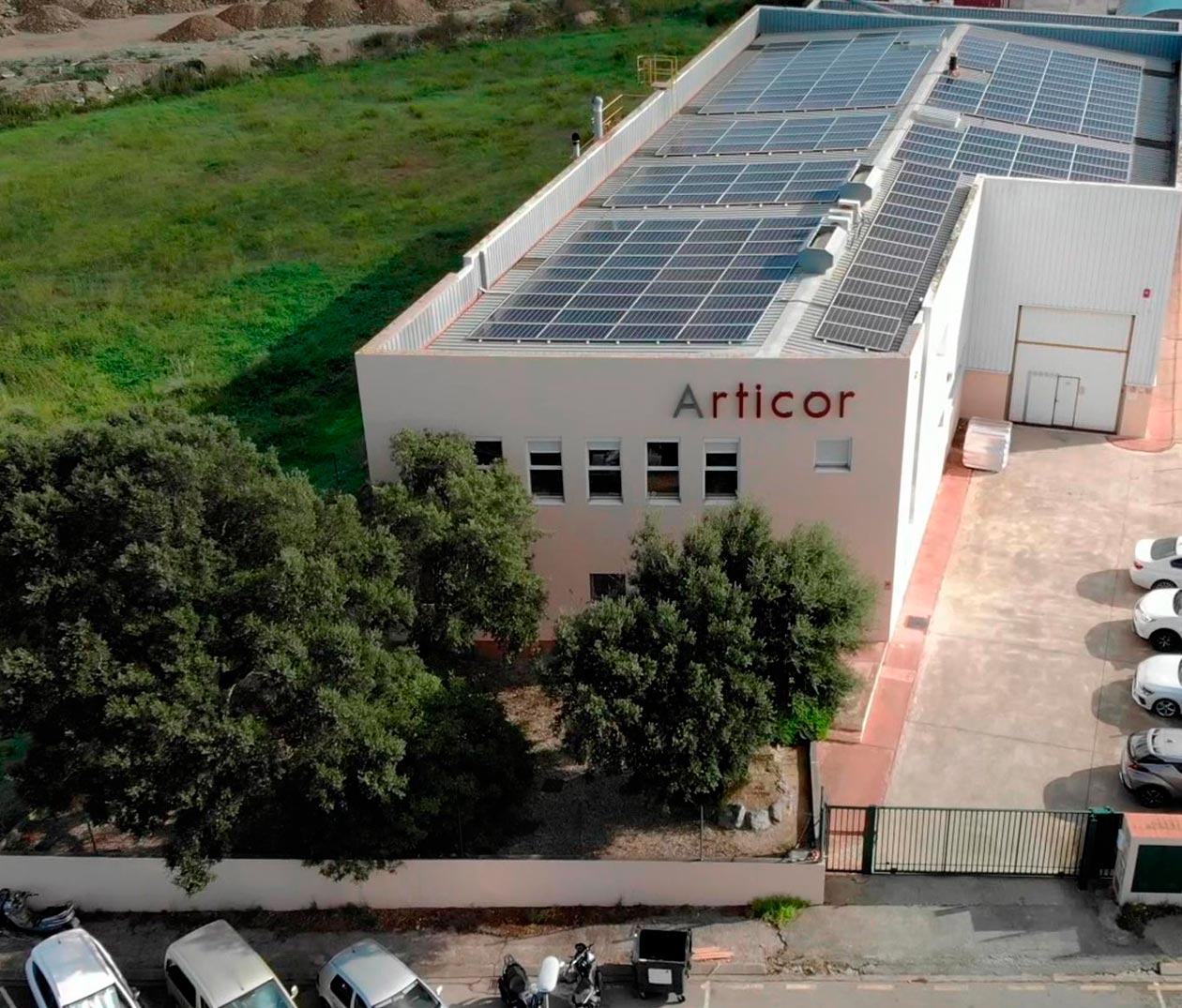
Articork year 2022
At ARTICORK, we are fully aware of the impact that climate change has on our planet. Therefore, we have taken measures and renovated our facilities to meet this challenge. Currently, between 40% and 50% of the electrical energy we consume in our facilities comes exclusively from solar energy.
How do we do it?
TRANSFORMATION PROCCESS
The Cork Oak (QUERCUS SUBER) is an evergreen Mediterranean tree.
Cork oak forests are distributed throughout Spain, Portugal, North Africa, Italy and France.

Harvest (peeled)
The harvest (peeled)takes place from May to September. During this process, the tree does not suffer.
It is a renewable resource because the bark regenerates again and after about 9 years it can be harvest again.
- The first harvest is made when the tree is about 15 years old and is called BORNIZO.(1)
- The second harvest is made about 9/11 years later and is called REFUGO (2)
- And the third about 9/11 years later and this cork that is obtained is now called CORK (3)

COOKING
Once the cork has been harvested, cooking is the first step in the process.
The plates are placed in water and boiled for at least an hour. This cleans the cork, extracts water-soluble substances, increases its thickness, reduces its density and makes the cork softer and more elastic.
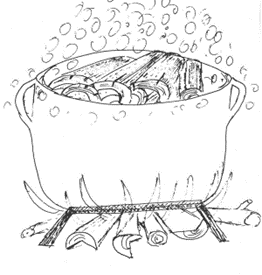
After cooking, a rest phase begins that lasts between two and three weeks. The purpose of this process is to flatten the plates, helping the cork to obtain the necessary consistency for its transformation.
LAMINATION
The blocks are then laminated and the thin sheet of cork is obtained.
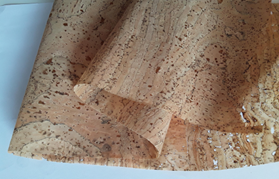
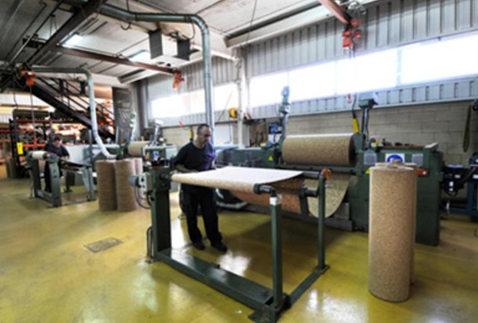
BACKING
Finally, a support/backing is glued to the cork sheet, which can be made of paper or fabric.
Manufacture of the textile/lining/cork paper:

The material obtained, whether fabric or paper, has countless applications.
Our cork papers are used for labeling, cards, postcards, bookbinding, interior decoration, crafts, graphic arts, crafts, etc.
Our cork fabrics are used in upholstery, footwear, leather goods, interior decoration, even for the manufacture of umbrellas and fans.
We have various thicknesses of fabrics so the possibilities are endless.

